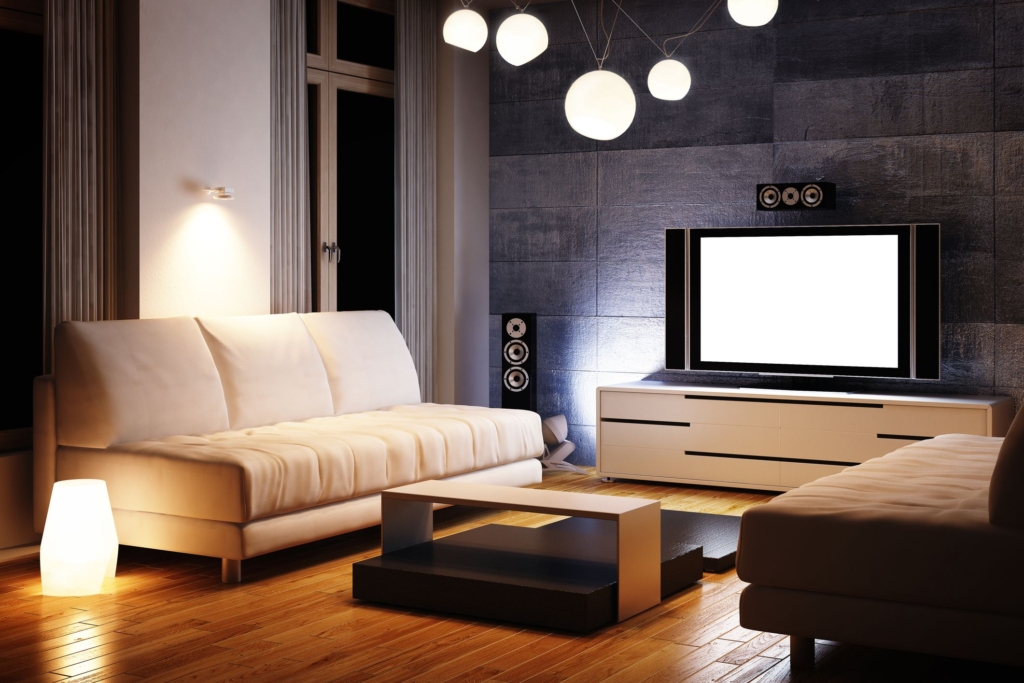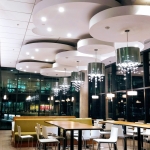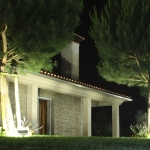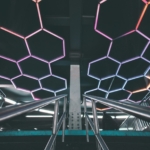Lighting is an essential aspect of our daily lives, both functionally and aesthetically.
When it comes to choosing the right lighting for our homes, offices, or any other space, understanding lighting terminology is crucial. In this article, we will explore the concept of lumens and other important lighting terminology to help you make informed decisions when it comes to illuminating your spaces effectively and efficiently.
Lumens (lm)
Let’s start with the most fundamental term: lumens. Lumens measure the total amount of visible light emitted by a light source, such as a bulb or fixture. In simple terms, it tells you how bright a light source is. The higher the lumens, the brighter the light. When shopping for light bulbs, look for the lumen rating on the packaging to determine the bulb’s brightness. For example, a standard 60-watt incandescent bulb typically produces around 800 lumens.
Watts (W)
Watts, often abbreviated as “W,” measure the electrical power consumption of a light source. In the past, people used watts to gauge a bulb’s brightness, but this can be misleading with the advent of energy-efficient LED and CFL bulbs. Today, lumens provide a more accurate measure of brightness, while watts indicate energy usage.
Kelvin (K)
Kelvin, denoted as “K,” represents the color temperature of a light source. It determines whether a light source emits warm, cool, or neutral light. Lower Kelvin values (2,700K-3,000K) produce warm, yellowish light similar to incandescent bulbs, while higher values (5,000K-6,500K) produce cooler, bluish light akin to daylight. The choice of color temperature depends on the desired ambiance and purpose of the space.
CRI (Color Rendering Index)
CRI is a measure of how accurately a light source reveals the true colors of objects compared to natural sunlight. It’s expressed on a scale from 0 to 100, with higher values indicating better color rendering. A CRI of 80 or above is typically recommended for most indoor lighting applications.
Beam Angle
The beam angle describes the spread of light from a light source. It’s measured in degrees and determines how wide or narrow the light distribution is. For example, a bulb with a narrow beam angle is ideal for spotlighting, while a wider beam angle is better for general illumination.
LED (Light Emitting Diode)
LEDs are energy-efficient, long-lasting light sources that have revolutionized the lighting industry. They consume less energy, produce minimal heat, and come in various shapes and sizes. LEDs are known for their durability and are widely used in a variety of lighting applications.
Incandescent
Incandescent bulbs are the traditional, but less energy-efficient, lighting source. They work by heating a wire filament until it emits visible light. They have largely been replaced by more energy-efficient options like CFLs and LEDs.
CFL (Compact Fluorescent Lamp)
CFLs are energy-saving bulbs that operate by using a gas to produce ultraviolet light, which then interacts with a phosphorescent coating to emit visible light. They use significantly less energy than incandescent bulbs and have a longer lifespan.
Understanding lighting terminology is essential for making informed decisions when it comes to choosing the right lighting solutions for your space. Lumens, watts, Kelvin, CRI, beam angle, LED, incandescent, and CFL are all important terms to be familiar with when shopping for lighting products. By considering these factors, you can achieve the perfect balance of brightness, energy efficiency, and ambiance in your lighting choices. Whether you’re lighting a cozy living room or a well-lit workspace, the right lighting can make all the difference.




